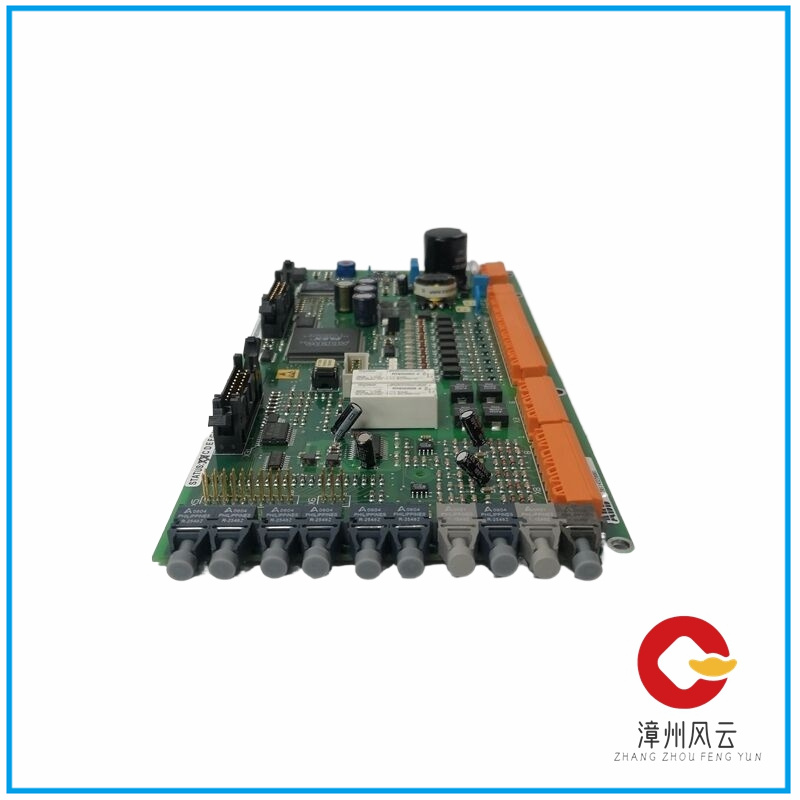Many distributed control systems (DCS) in process factories are outdated, and if your factory is the same, then the system has reached its lifespan and you need to upgrade it to a new automation system. One of the main reasons for the need for upgrades is that the new automation system has expected superior performance compared to early DCS. Excellent performance can reduce overall operating costs, shorten downtime, and reduce maintenance costs – these returns are enough to prove that upgrading is a wise choice.

The performance of the new automation system far exceeds that of earlier DCS systems, allowing users to achieve excellent process control in various ways.
Usually equipped with excellent PID loop control and self-tuning function
● Improve advanced process control
Improving alarm and event handling, enhancing operator performance, can provide more valuable data for engineers responsible for operational analysis and performance improvement in factories
More user-friendly report options that non programmers can use to create various reports and provide advanced data in a simple and understandable format
● Easier integration with third-party software systems • Easier integration with intelligent instruments, analyzers, and valves • Improved remote access level
● Reduce support costs
● More convenient experience of new features and functions
● It is easier to find personnel familiar with the system, making it easier to obtain support
Early DCS often failed to achieve optimal operation in modern process factories. Poor system performance can bring many costs to the factory, for example, prolonged downtime can significantly increase factory costs.
In addition, it will also bring some hidden costs, including inability to achieve maximum design output, poor quality, excessive energy consumption, long response time to alarms and events, and high demand for factory operation and maintenance personnel.
Modern automation systems can not only eliminate these costs to justify the required investment, but also bring other benefits, such as improving security, enhancing remote access levels, and implementing predictive maintenance.